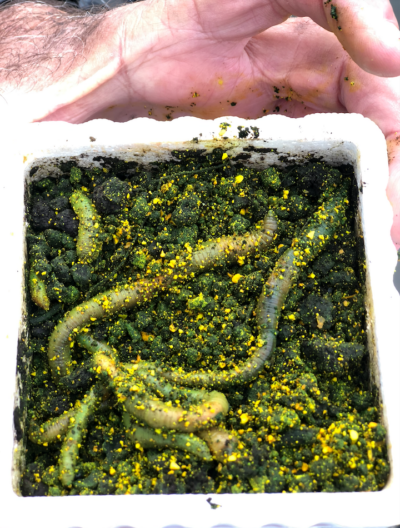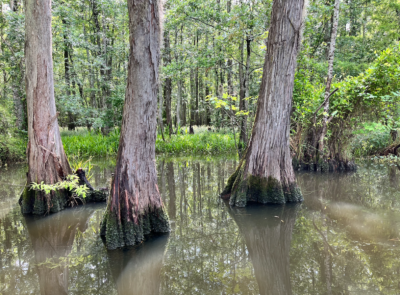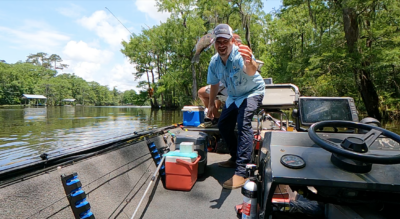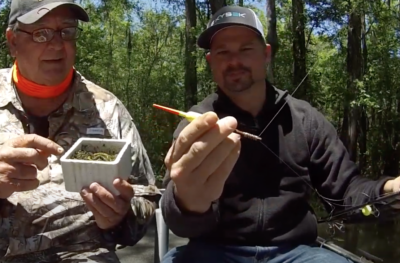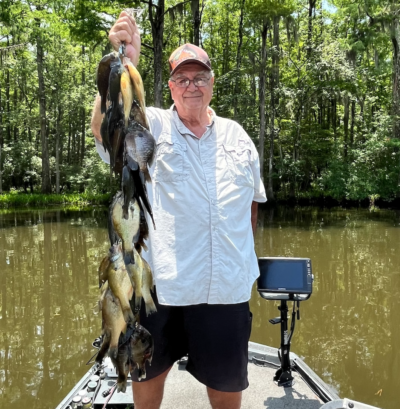Using Green Worms to Catch Bream
Keith Lusher 03.19.24
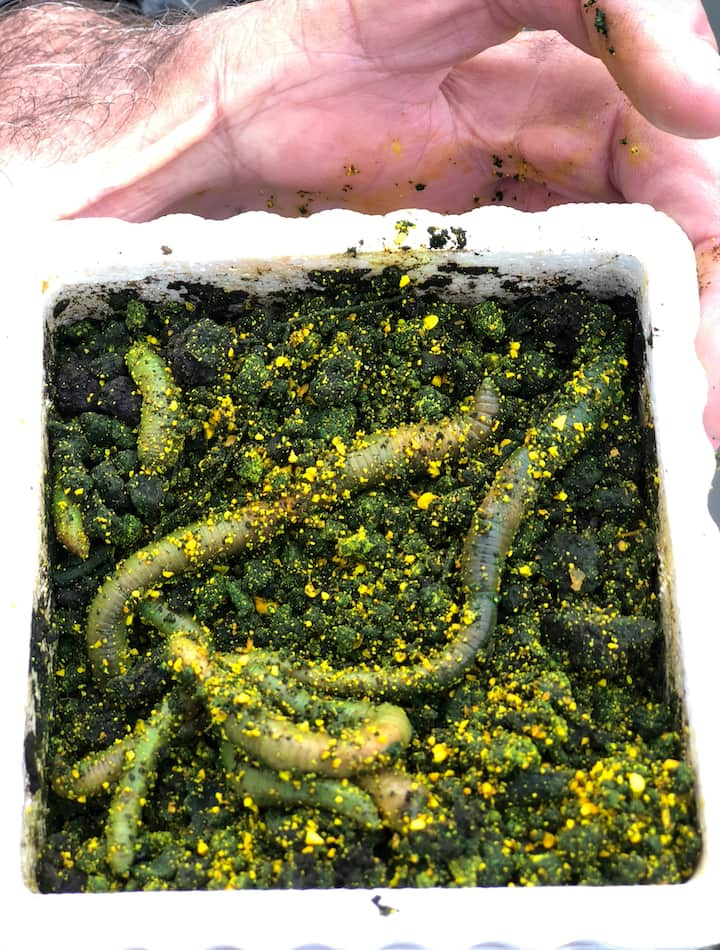
When it comes to ingenuity, Sportsman’s Paradise may just have the highest concentration per capita in the Nation. It’s that same ingenuity that gave us inventions like the pirogue, blackened redfish, and cajun anchor. All of these ideas started with a basic model but through years of improvement were improved with the simple sentiment – “I can make that better.”
Take for instance, fishing worms. Anglers have been using worms for bait since before gumbo was invented. One reason for this is the ease at which worms can be found. It’s as easy as digging a hole in the ground.
I recently made a fishing trip with someone who has been catching bream with worms since he was a kid. Ray Miller of Madisonville, LA, has found a way to improve a classic bait that so many of us have grown up using. “I’ve been making green worms for a few years now. Before discovering them, I used live crickets, howver, these green worms are so good I don’t think I’ve bought a cricket in over six years,” Miller says. It turns out that the 73-year-old south Louisiana cajun has figured out a way to add a jolt of color to what was thought of as unimprovable bait. Miller starts with a small batch of night crawlers. He adds a teaspoon of a nutrient called Worm-Glo into the soil. It’s a non-toxic food that the worms take in and ingest. “I add a tablespoon of this stuff into the box of worms four days before I go fishing. Then when it’s time to go fishing they are a bright florescent green,” Miller says.
